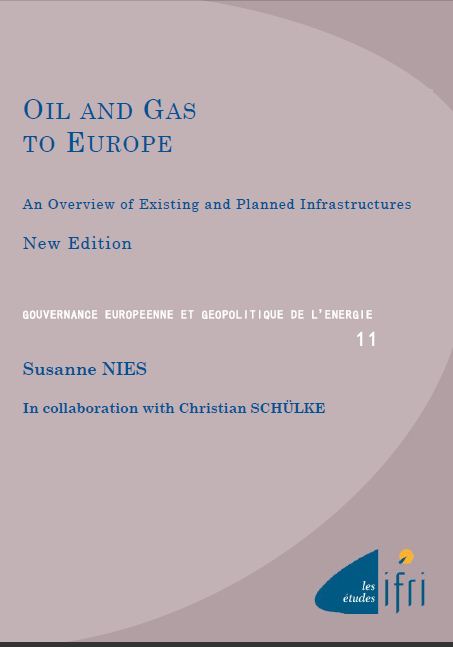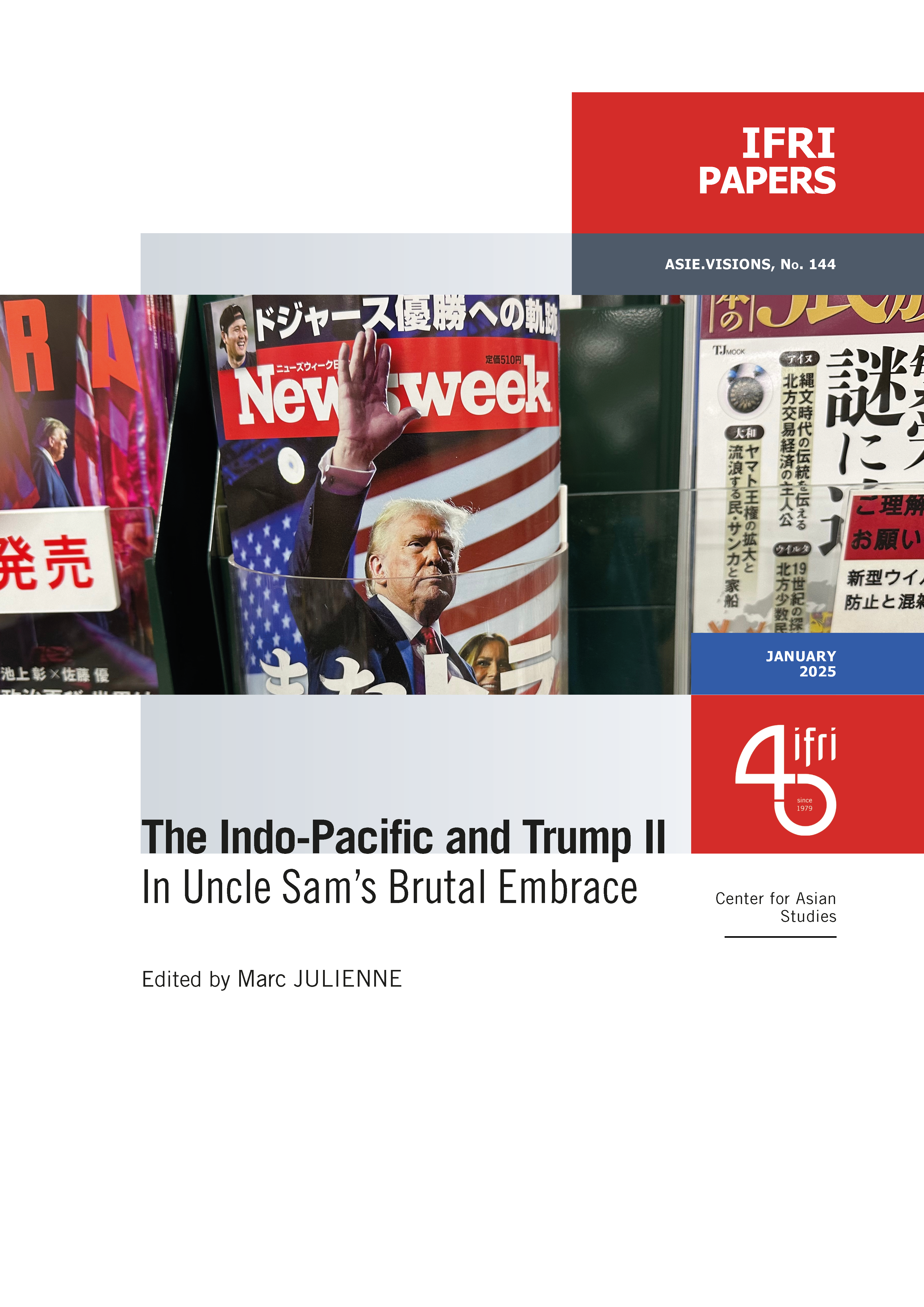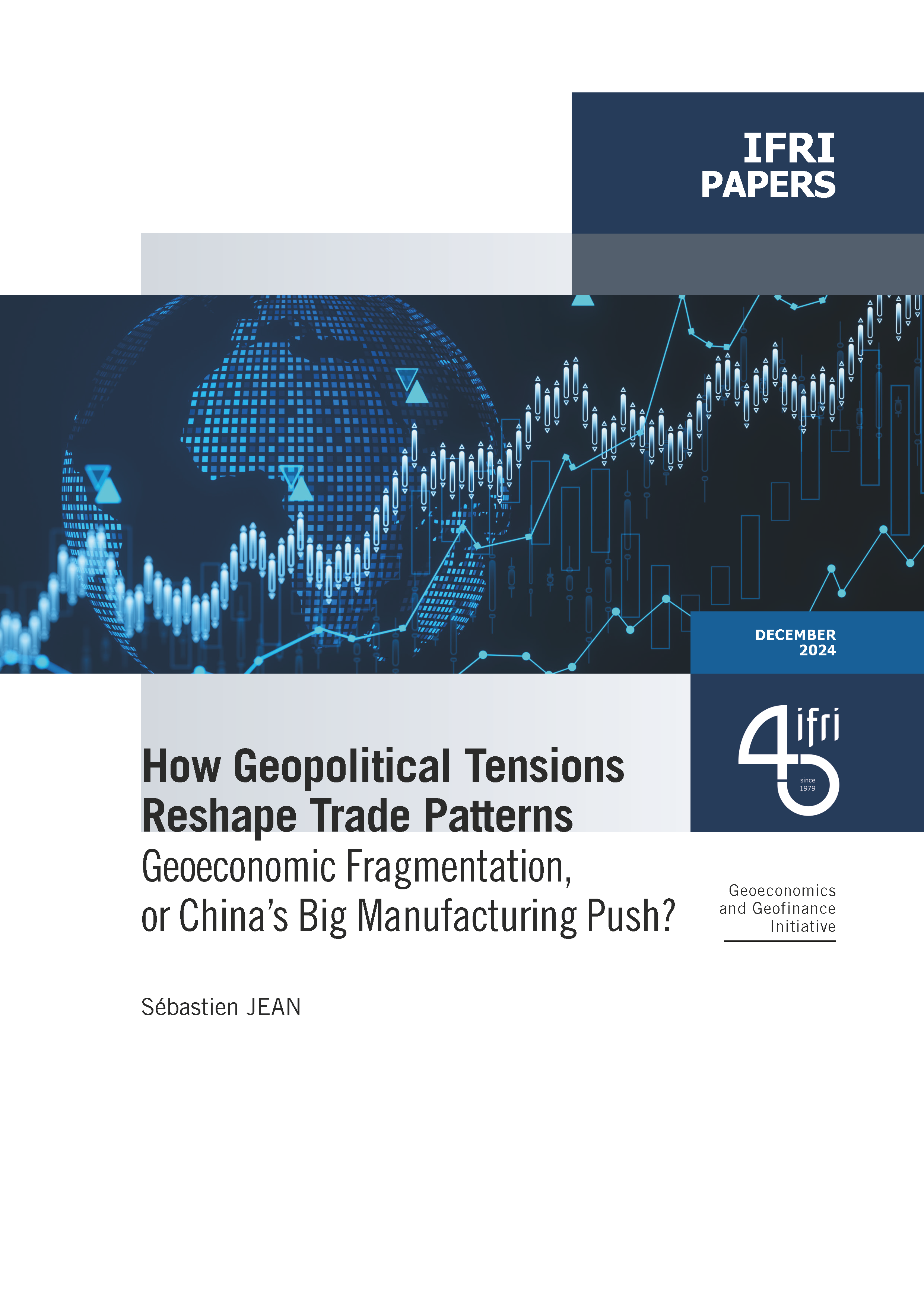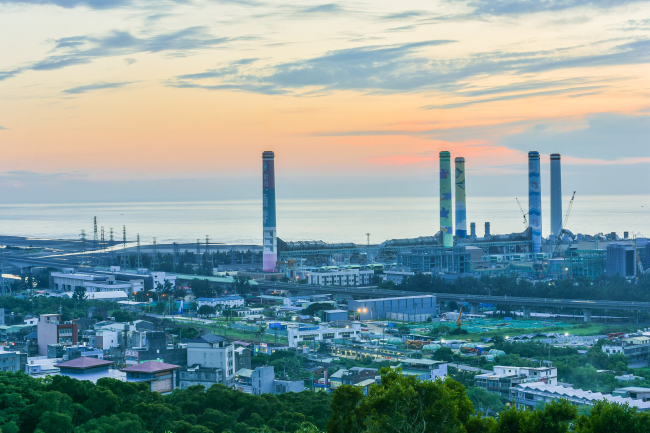Oil and Gas Delivery to Europe: An Overview of Existing and Planned Infrastructures. New Edition

The European Union’s hydrocarbon energy supply depends heavily on imports. While the European Commission has recommended diversifying and increasing domestic resources, notably with renewable resources which should grow to 20% by 2020, dependence on hydrocarbon imports will remain not only substantial, but will increase.
Particular attention must thus be paid to the question of transportation, and also to the countries of origin, investments in infrastructure, their protection, relations with transit countries, ‘competing consumers" (notably China and emerging countries, but also the United States), energy wastefulness in producing countries, and, finally, price. Security of supply depends on adequate and reliable infrastructure, and must always be thought of in the long term.
This entirely revised edition of the fourth study conducted by the European Governance and Geopolitics of Energy program at Ifri includes discussions about pipeline routes and potential outputs, their current use and financial requirements for transportation, ongoing projects and those planned for the future, their cost, their financing, and their probable operational start-up date. While all infrastructures are necessarily included (including Norway, the United Kingdom, and North Africa), particular attention is paid to transportation infrastructure that connects Europe with Russia and the former Soviet Union (Central Asia, Caspian Sea). It will be immediately clear that the issue of gas is dominant in current discussions.

Available in:
Regions and themes
ISBN / ISSN
Share
Download the full analysis
This page contains only a summary of our work. If you would like to have access to all the information from our research on the subject, you can download the full version in PDF format.
Oil and Gas Delivery to Europe: An Overview of Existing and Planned Infrastructures. New Edition
Related centers and programs
Discover our other research centers and programsFind out more
Discover all our analysesEurope’s Black Mass Evasion: From Black Box to Strategic Recycling
EV batteries recycling is a building block for boosting the European Union (EU)’s strategic autonomy in the field of critical raw minerals (CRM) value chains. Yet, recent evolutions in the European EV value chain, marked by cancellations or postponements of projects, are raising the alarm on the prospects of the battery recycling industry in Europe.

The New Geopolitics of Energy
Following the dramatic floods in Valencia, and as COP29 opens in Baku, climate change is forcing us to closely reexamine the pace—and the stumbling blocks—of the energy transition.
Can carbon markets make a breakthrough at COP29?
Voluntary carbon markets (VCMs) have a strong potential, notably to help bridge the climate finance gap, especially for Africa.
Taiwan's Energy Supply: The Achilles Heel of National Security
Making Taiwan a “dead island” through “a blockade” and “disruption of energy supplies” leading to an “economic collapse.” This is how Colonel Zhang Chi of the People’s Liberation Army and professor at the National Defense University in Beijing described the objective of the Chinese military exercises in May 2024, following the inauguration of Taiwan’s new president, Lai Ching-te. Similar to the exercises that took place after Nancy Pelosi’s visit to Taipei in August 2022, China designated exercise zones facing Taiwan’s main ports, effectively simulating a military embargo on Taiwan. These maneuvers illustrate Beijing’s growing pressure on the island, which it aims to conquer, and push Taiwan to question its resilience capacity.









